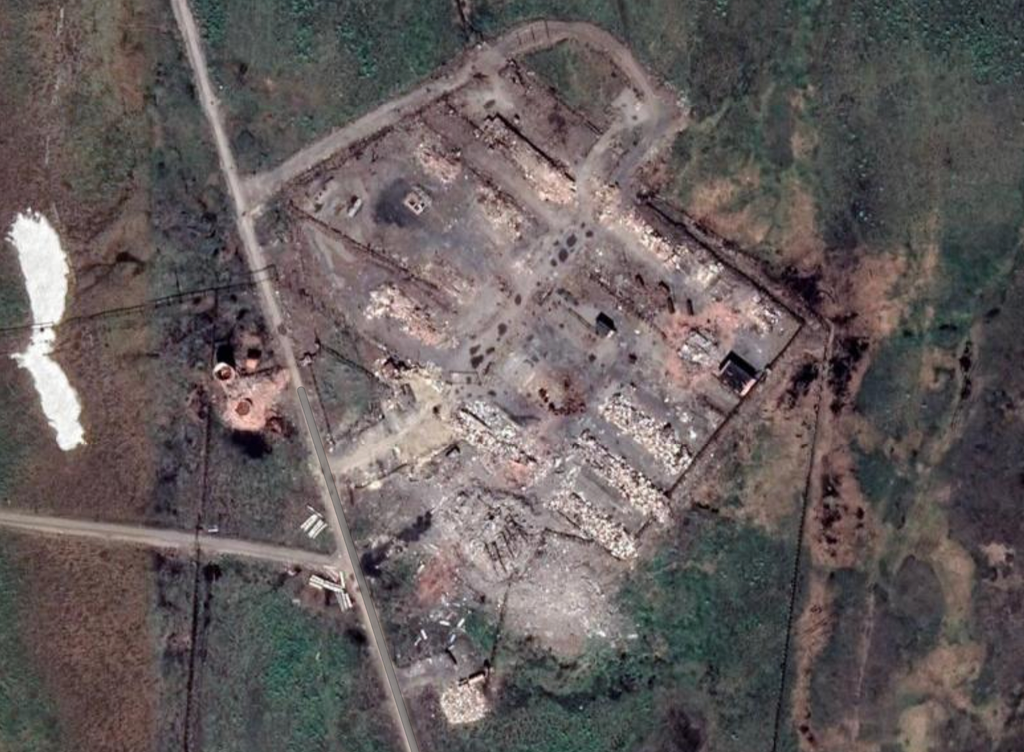
A Soviet-era Gulag correctional labour camp in Krasnoyarsk Krai that was spotted on Google Maps has been labelled the “most depressing place ever” by internet users.
A user posted Google Maps images of the location of the former forced labour camp, found at 69°24’19°N 87°38’57°E, on Reddit. The images showed a huge ground where deconstructed buildings lay amid rubble.
The Norillag, Norilsk Corrective Labor Camp was one of former Soviet Union leader Stalin’s prison camps — called gulags — that existed from 25 June 1935 to 22 August 1956.
During the period 1937-1938, described as the “Great Terror,” officials estimate the Soviet authorities carried out the execution of around 700,000 people who were deemed disloyal to Stalin. Thousands of others who were not executed were sent to gulags, where inmates lived and died in inhumane conditions.
The Google Maps discovery was shared online on Reddit. In the subsequent thread, which was first reported by The Sun, users come to the consensus that the images are most likely of the Norrilag camp.
“It is indeed the Norillag labour camp. Don’t know why people point to the neighbouring city of Alykel,” one user wrote on Reddit. “You can even see the mining facility connected to the camp further west. Good catch OP [original poster]!”
Another person who recognised the site commented on a photo of a nearby street east of the Gulag and wrote: “That’s one of the most depressing places I’ve ever seen.”
“That’s Russia for ya,” replied a user, while another said that it looked like it would be a good location for photoshoots.
The labour force at the prison camp was initially responsible for the construction of the Norilsk mining-metallurgical complex and for mining copper and nickel. The camp’s activities were later expanded and included all economic functions of the region. The labour force was also responsible later for the reconstruction of the house where Stalin lived in exile.
According to estimates, more than 400,000 inmates, including some 300,000 political prisoners, worked at the camp throughout its history. The gulag system was done away with in 1957, four years after Stalin’s death.
Historian Yuri Dmitriev, who worked to uncover mass graves from the Stalin-era containing the bodies of people held in the prison camps, is currently in prison on a 15-year term for allegedly abusing his adopted daughter. Though he has denied the charges, a Russian court found him guilty in 2020.
His supporters claim that the charges against Dmitriev are fabricated and he is being punished for exposing Soviet-era truths.







